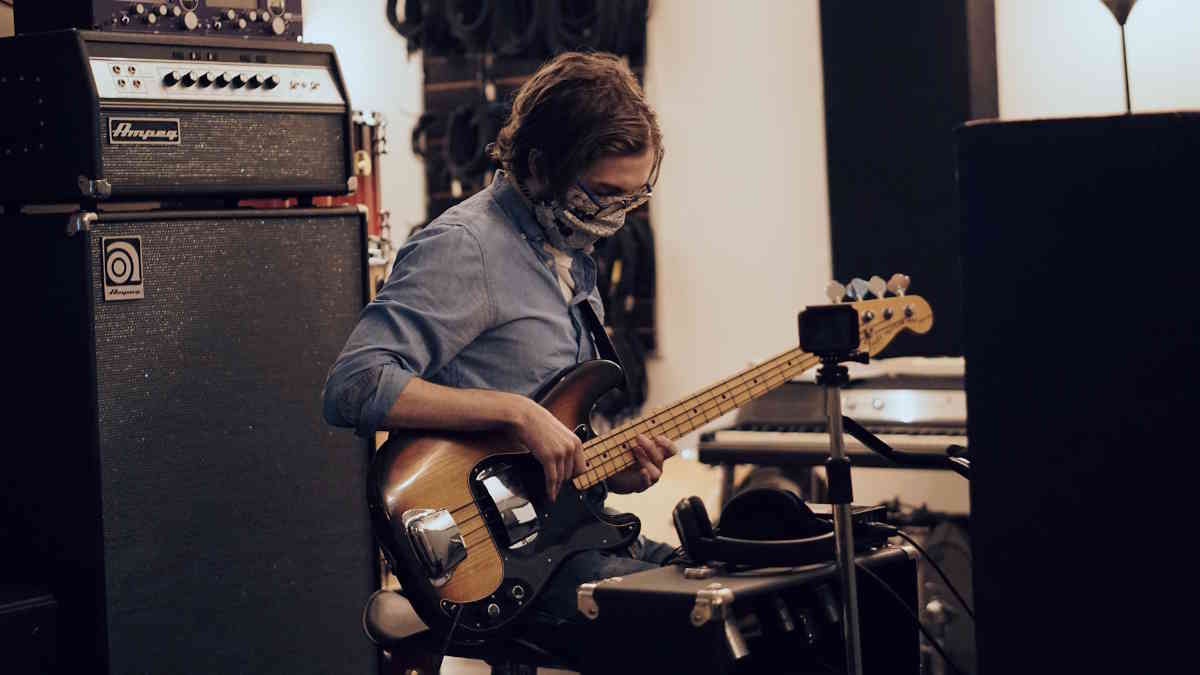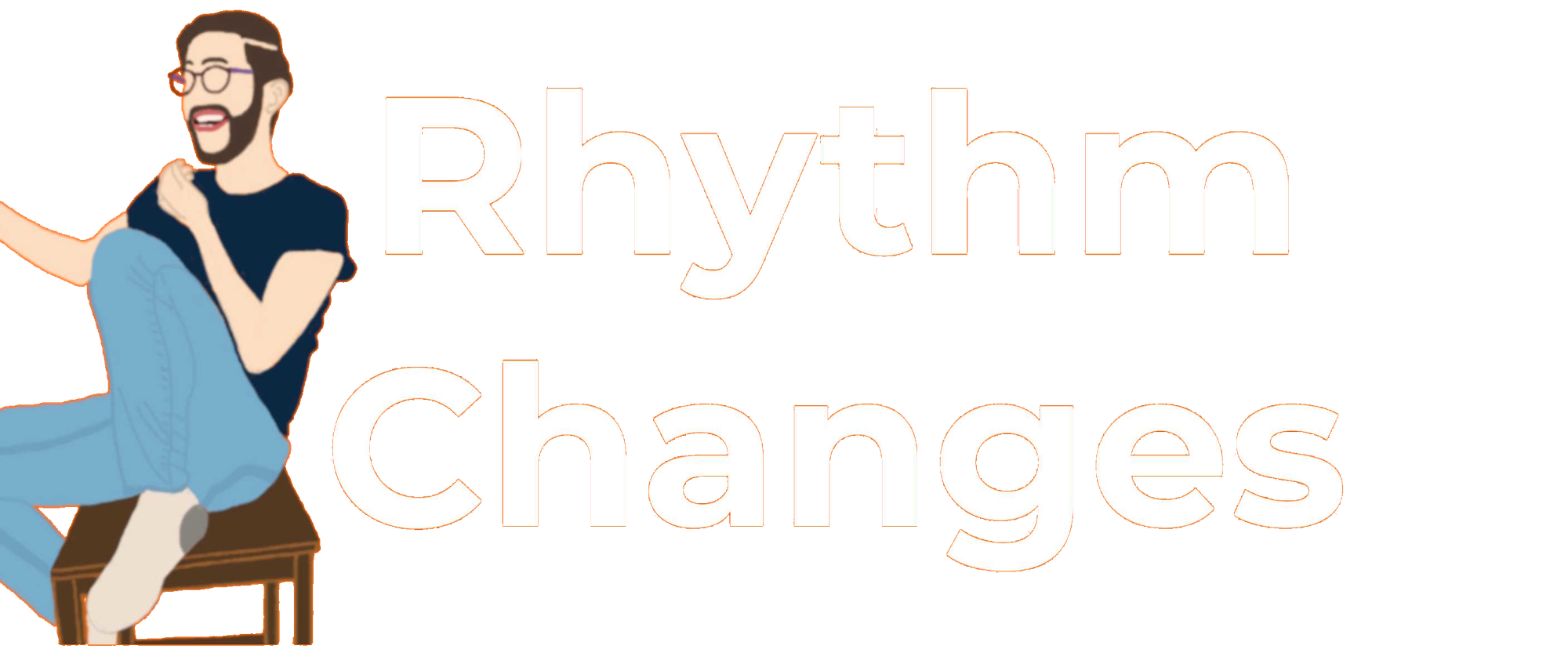A complete guide to my FACTOR Artist Development grants
Here's my guide to both grants I wrote and received, now that they're fully complete

FACTOR's Artist Development program – the funding organization's most popular, smallest in dollar terms, and most selective (in percentage of applicants who get it) program – is open now, with the current deadline of February 2, 2023.
I happen to have won this small grant twice, out of two tries. $2,000 funding each time (the program now offers $5,000).
The first time got me to make 12th Street Quintet and "In Shadows"; the second resulted in my latest album, Maybe Eventually.
To try and aid anyone who might be applying to this grant now or in future, I'm publishing my entire applications for both grants.
Each application contains: the original photos and bio I submitted at the time, the written responses to the grant questions, the budget, the music, and any other attachments I had to include.
i.e., it includes my copies of everything that someone would need to do to apply for the grant.
May it satisfy your curiosity, or give you something to tell an artist-friend in need about someday -- let me know if you check any of it out!
-Will
Part 1
First application filed on October 17, 2019


Photo from far by Elena Rae Samuel, 2018; bassist photo by Oliviana Creative, 2019
Detail where you are in your career, and provide an overall strategy/plan for growth in the coming year. Describe your challenges, ambitions, and where you hope to be after your Artist Development Year. (2000 character limit)
During my teens and early twenties, I wrote over 200 instrumental jazz compositions. Influenced by Herbie Hancock and Bill Frisell, I found a trumpet-led, live quartet sound.
I have released an album and performed at folk festivals as part of a band, but few of my own jazz compositions have reached the public. However, I earned over 5,000 downloads by sharing some of them under Creative Commons. Independent podcasts have used those tracks as theme music.
I have talented peers who love to play my music and encourage me to keep writing, and I aspire to do projects that help them build strong careers.
Ultimately, my goal is to be Canada’s most prolific young jazz composer and build an international, inter-generational audience for my music. I aim to sell out venues that promote Canadian jazz, strengthening local music scenes.
I recently released two singles and sold 45 tickets to a self-presented concert. These steps inspired me to stay true to my goal, and I decided to seek public arts funding to record more of my music.
During my Artist Development year, I will develop an audience of 120 people in Vancouver who will sell out my concert at a local jazz venue. These people enjoy hearing new jazz music regularly, and they want to follow the life of a young artist in depth.
To produce content for that audience, I will release eight new singles. I will record the singles in three days of studio time, and I will make my own daily online media content.
At the end of the year, I will leverage my library of eight to ten single releases. On a CD or other physical media, I can send them to local radio curators; and, on streaming, I can combine them into an album-like playlist that includes other artists' music. I will promote myself through physical media, online media ads, and word-of-mouth, acquiring members for an email newsletter. My plan aims to add enough of these members in Vancouver to draw 120 people to a local concert.
Describe how the development activities will contribute to your overall strategy/plan, and how they will help you achieve your artist development goals. (3000 character limit)
I record my music live-off-the-floor, and I can track up to five compositions per day of studio time. In the Artist Development year, I will book up to three days of studio time. Costs include studio rental, mixing, mastering, cover art, and session musicians. My sound recording budget is $7,500 for the year.
This investment in sound recording starts my planned release cycle of one single per month. I aim to build a community, growing it month-over-month, of people who enjoy hearing new music often.
The community’s main channel is an email newsletter. People can join the newsletter on a new website, williamchernoff.com. My goal is for 30 newsletter members to join per month on average.
Using physical media, I can make business cards that show the URL, handing them to interested people at Vancouver jazz events. Making posters that promote my single releases can also drive awareness every month, both in advance of and following each release.
Online media advertising allows me to target thousands of people in the Vancouver area. Facebook videos, Instagram photos, Instagram stories, and YouTube videos can document my life as a young artist and introduce new people to my art. Additionally, online media organic content can entertain my audiences on those platforms plus LinkedIn, Reddit, Snapchat, TikTok, etc.
Word-of-mouth remains powerful. Following up with interested people and encouraging them to share my music can multiply my effort. I also enjoy keeping in touch with jazz students at universities across Canada, sharing our projects.
I set a marketing budget of $300 per month for acquiring newsletter members. My marketing budget for the Artist Development year is, therefore, $3,600.
The video production budget is for hiring amateurs to document what I do when I can't document it myself, such as while I produce recordings. The total of $900 for video allows for $300 per studio day.
Near the end of the year, I will collect the singles on a CD or other physical media and distribute them to local radio curators. By this time, I will have an email community that I can direct to listen to their radio stations. On streaming platforms, I will curate album-like playlists that mix all of my singles to date with my favourite tracks from other Canadian jazz artists. I will personally request each artist’s inclusion on the playlist, forming new relationships. The result is like an album, but with a changing track list that evolves to suit people’s tastes and needs.
Releasing eight new singles and adding over 300 newsletter members in 12 months will give my independent career a strong foundation. Then, I can confidently book and sell out a local performance of 120 people. I can compute the cost of acquiring a newsletter member and the conversion rate of emails to ticket sales, allowing me to move into other large Canadian cities. I can also explore the synch licensing revenue stream with my growing library of music.
Assessment Track
Budget
Sound Recording – estimated $7,500, actual $2,341.99
Marketing & Promotion – estimated $4,800, actual $840
Touring – estimated $200, actual 0
Showcasing – 0
Video Production – estimated $3,500, actual 0
Other Plans – 0
First completion filed on January 27, 2021
Describe what you did in your Artist Development year. 3000 character limit
I completed a recording session before the pandemic. This session produced five tracks, four of which I have released as singles: "Interdimensional Space Cat", "Reliable Friend", "Little Mylk", and "In Shadows". The fifth track, "Little Mylk (Discovery)", remains unreleased.
To produce these tracks, I hired and paid recording engineer Anthony Cenerini for one day of in-studio recording, as well as for mixing of four tracks. "Reliable Friend" was a solo performance that required no mixing.
I hired and paid four session musicians: Thad Bailey-Mai, Dean Thiessen, Carson Tworow, and Nebyu Yohannes. My Artist Donated Services are fully attributable to my own in-studio role for the session.
I paid for mastering of the four tracks that I have released as singles. This mastering includes paying for the LANDR mastering service with "Interdimensional Space Cat" and "Reliable Friend".
It also includes hiring and paying for the services of Railtown Mastering, who mastered "Little Mylk" and "In Shadows". I have not yet mastered the unreleased track, "Little Mylk (Discovery)".
My spending on Sound Recording is the cost of all of the above.
As per one of my key goals, I developed an audience of 120 people. This audience has the potential to sell out one of my concerts at a local jazz venue. They have enjoyed hearing my new jazz music regularly, and they follow my life as a young artist in depth.
To gather this audience, I launched my first website, williamchernoff.com. I added over 120 net newsletter members through the website during the year.
My spending on Marketing & Promotion is the cost of contracted freelance work on the website. That amount includes four hours of work in early 2020 by a local copywriter, Victoria Cowan, and a wide-ranging month of work in October 2020 in launching a Squarespace website.
I progressed toward becoming one of Canada's most prolific young jazz composers and building an international, inter-generational audience.
Did you achieve your goals? What changed? Why? 3000 character limit
The pandemic destroyed many opportunities available from my October 2019 application for this program. The fact that my jazz music requires live-off-the-floor recording became a problem when studio sessions became inappropriate during the pandemic. Many genres of contemporary music have shifted to at-home or distributed recording in recent years, but my interpretation of jazz remains a studio-first genre that relies on live interaction.
Although I suggested that I would book up to three days of studio time, I could not book those additional two possible days through the rest of 2020.
Regarding newsletter members, I did not achieve my target of 300 members. I attribute this failure to the lack of in-person networking in Metro Vancouver through the pandemic. However, I feel confident about the 120-strong email audience I did build.
I found that my linear projection of 30 new members per month was inaccurate. A percentage growth rate of 10% per month, from a starting amount of under 40 newsletter members, more accurately describes my email growth.
I didn't produce and pay for physical media like business cards and posters, because in-person events shuttered to such a large extent.
Likewise, I couldn't afford to pay for other marketing initiatives in this project like online media advertising or hiring friends to shoot videos. I also couldn't afford to manufacture CDs for this project's music.
Regarding social media, I felt a paradigm shift in my experience with the Facebook products, YouTube, Snapchat, and Reddit around May 2020. For both tactical and personal reasons, I resolved to stop directing so much time toward these platforms. I've deactivated from most of them by now, especially since October 2020. I'm pleased with the results so far, as I've found more time to develop my art and run my business. Additionally, I've lost nothing from the growth rate of my newsletter members despite the lack of social media content.
I found that Linkedin was not conducive to my professional music activity, so I stopped directing time toward the platform.
I didn't promote the project to radio in 2020, but in 2021, I did distribute "In Shadows" with a promotional onesheet to Canadian community radio stations. I did so myself via cold email.
Instead of curating my own playlists, I chose to learn best practices for submitting to existing curators' playlists. Therefore, "In Shadows" earned placements on a few small playlists as the result of my cold outreach.
Delivery Tracks
"Little Mylk (Discovery)"*, "Interdimensional Space Cat", and "Little Mylk" from 12th Street Quintet plus the single "In Shadows":
I also included "Reliable Friend" in the completion; currently, it is only available as a bonus track with the download of "In Shadows", which you can get for free via the above Bandcamp embed.
*"Little Mylk (Discovery)" was unreleased at the time of filing this completion; the other two tracks from 12th Street Quintet were out as singles.
Other submission materials for completion
...on to part 2!
Part 2
Second application filed on May 27, 2021

Photo by Anthony Cenerini, 2021
Before we get into the second application, special thanks to Nicolle Dupas, whom I hired in spring 2021 to review it with me: credit goes to you for helping make it successful.





